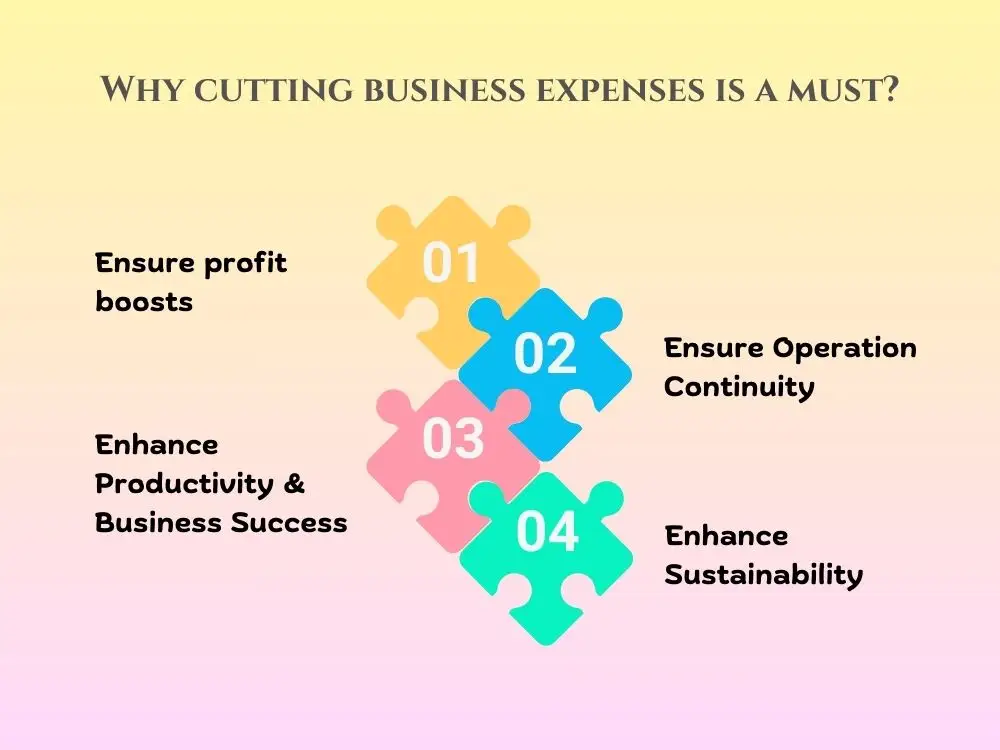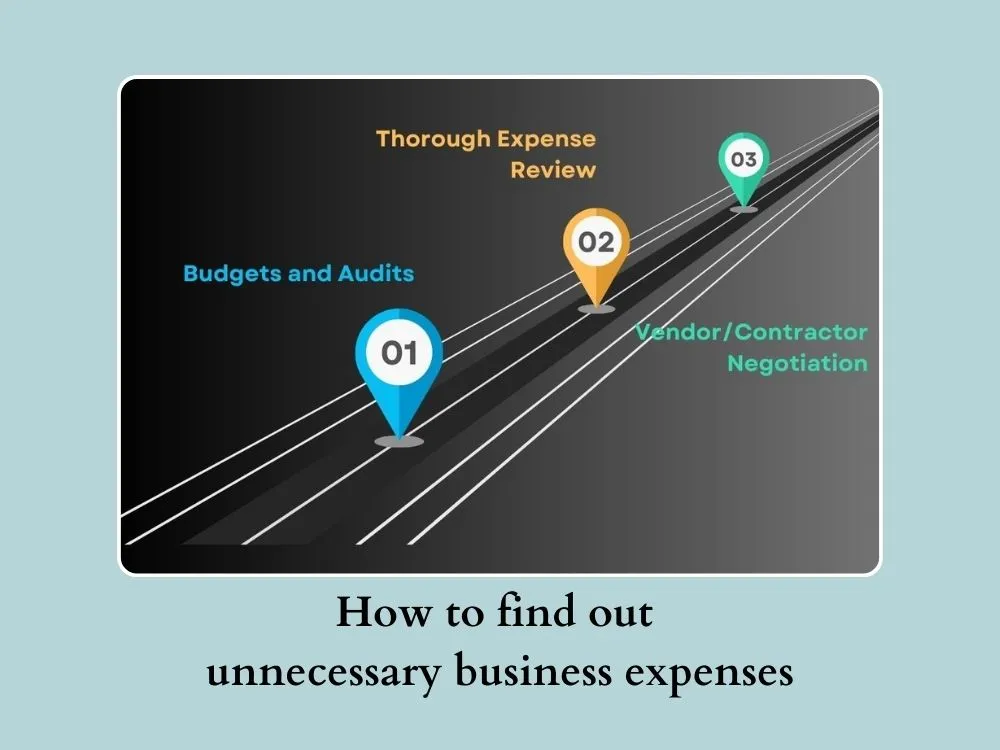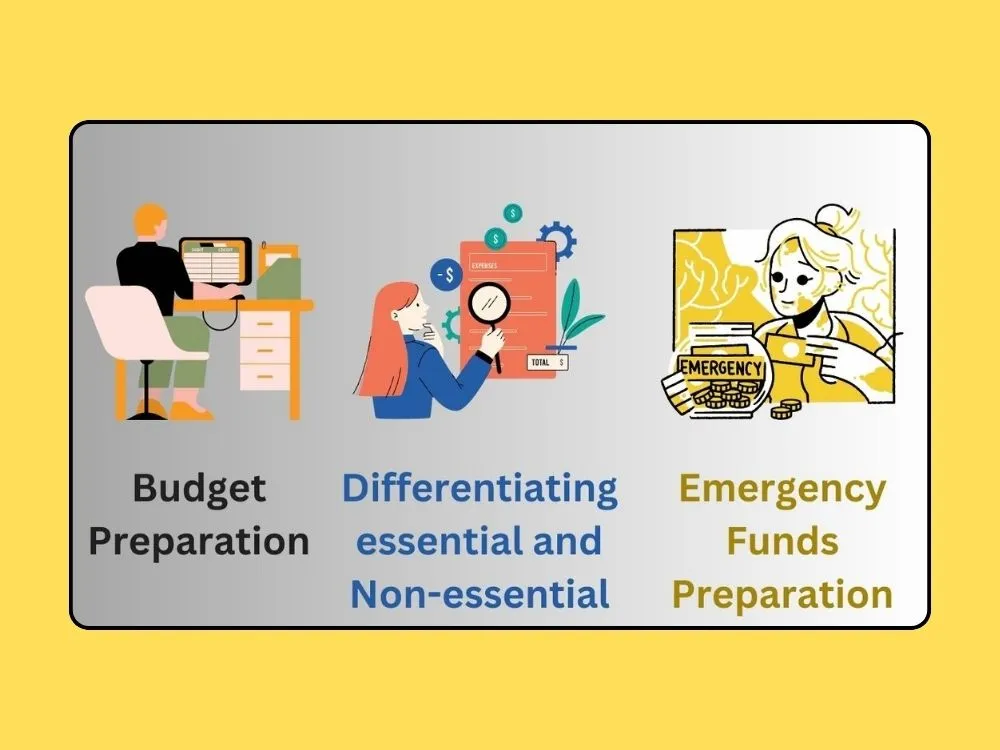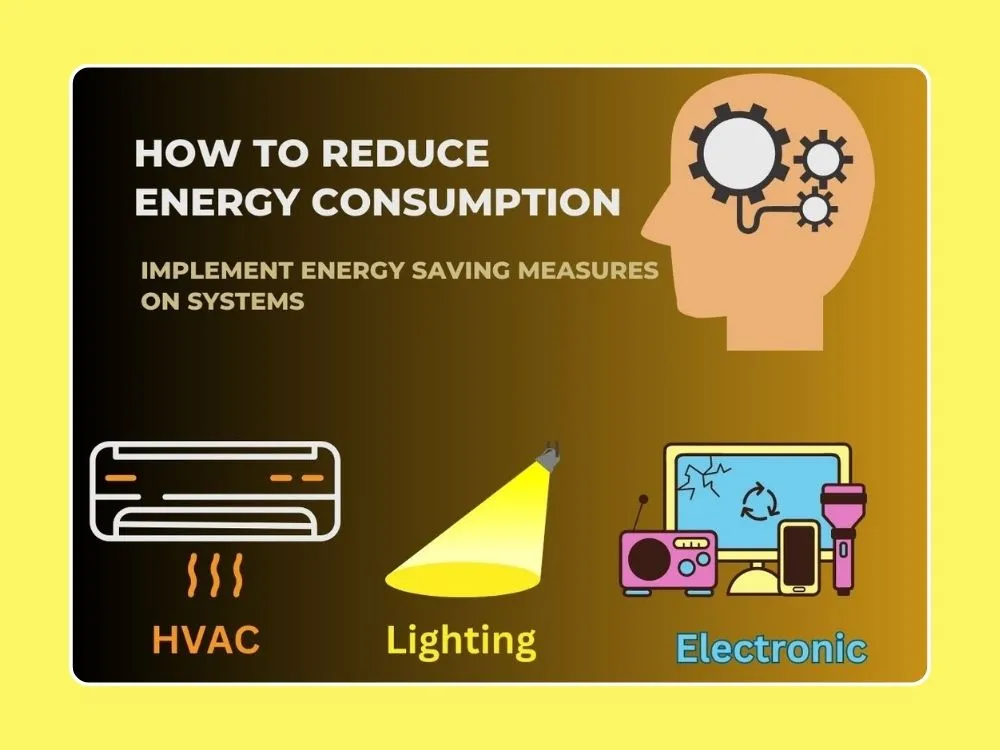
Cut Costs, Boost Profits: Our Top Tips for Reducing Business Expenses
Is your organization dreaming of maximizing profits while reducing costs? You are at the right place. Every business seeks to survive long-term in a highly competitive market. To ensure this, profitability is a must, and cutting out certain costs is necessary to avert losses and possible closure.
Organizations spend money on everything required for day-to-day operations. It involves maintenance expenses, production costs (if any), energy expenditures like electricity, inventory costs, rentals, miscellaneous, etc.
These operational expenses directly allow an entity to function. Excessive spending within any of these categories can become detrimental. Therefore, organizations must exercise prudence when planning for expenses to minimize what is being spent and maximize profitability.
Key Takeaways
- Understand the importance of reducing business expenses to maximize profits and sustain long-term success.
- Learn methods to identify unnecessary expenses, such as conducting thorough audits and reviewing financial statements.
- Explore strategies for vendor negotiation to optimize costs and build long-term relationships.
- Recognize the benefits of outsourcing services to contractors for reducing operational burdens and acquiring specialized skills.
- Discover ways to minimize energy consumption through efficient use of HVAC systems, lighting control, and responsible use of electrical appliances.

Identify Unnecessary Expenses
By identifying unnecessary expenses, organizations can effectively cut unwanted costs. For this purpose, businesses need to conduct a thorough review of their financial statements, such as income statements, balance sheets, cash flow accounts, etc. This helps easily monitor expenses that don't contribute to the business's core functions.
This assessment helps companies narrow down some expenses like subscriptions, memberships, and software licenses, when underutilized. Moreover, business owners must evaluate their marketing and advertising expenses to ensure that they are yielding returns on investments (ROI).
It's also important to check expenses like facility maintenance, for unutilized machinery. This takes a greater portion of the business's expenses, which can be cut down. Also, there can be unnecessary human resource spending where additional labor, salaries, and perks are expenses organizations need to focus on to cut.

Methods for Identifying Unnecessary Expenses
Companies can identify unnecessary expenses using different methods. Here are some methods used for this purpose:
- Conducting a Thorough Audit of Financial Statements: By doing a thorough audit, organizations can identify where they have spent money on unnecessary things. This will help reduce future unnecessary costs.
- Regular review and negotiation with contractors: This helps ensure the rates are up-to-date and suitable. If businesses fail to review and negotiate with the contractors, they may charge according to their favor. So, it's vital to find the best rate for services that the organization needs from the contractors. Also, it's crucial to negotiate with contractors and vendors to get discounts and savings.
- Energy Audits: To find out unnecessary energy costs, organizations should implement energy audits, monitoring, and reviewing. By doing that, they can able to implement energy-saving measures to reduce unnecessary costs.
Negotiate with Vendors

a) Importance of Vendor Negotiations
Organizations gain many benefits through vendor negotiations. A good vendor negotiation helps businesses cut costs and choose the correct vendor with the optimum rate. This approach lets vendors understand the requirements of the business during the negotiation process.
Additionally, vendors get to know that you are aware of the market conditions and the latest prices. So, they will offer the best suitable price for their product or service, which helps build a long-term relationship with them.
Good vendor negotiation also helps with proper vendor selection. In essence, vendor negotiation is important in the eyes of business owners. This is because it provides multiple benefits to get appropriate products and services with the right quality and cost.
b) Tips for Successful Vendor Negotiations
- First, the business owners must study the vendors. This is called a background check. By doing this, they can better understand the vendors and their offerings.
- Second, owners must consider things like discounts and fast, low-cost shipping to reduce costs without just sticking with the vendors' prices only.
- Third, it's necessary to talk to multiple suppliers in the vendor negotiation process without opting for one particular vendor immediately. Negotiating with multiple vendors gives adequate insights to select the best one with optimum cost and quality.
Prioritize Costs and Spending

a) Cost Prioritization
This is a prominent decision organizations make that is highly beneficial to the business's cost reduction and profit maximization. Firms should only allocate their finances and resources to the very necessary functions. This is important to boost operational processes and achieve the company's mission.
By planning the limited resources effectively, organizations can prioritize which area needs the most attention and allocate resources and funds based on that. Also, it enables them to make informed decisions and achieve their ultimate goals.
b) Methods for Prioritizing Costs and Spending
As we discussed earlier, prioritizing costs is essential to minimize expenses and maximize profits. Now let's find some methods to perform cost prioritization:
- Preparing a Budget: A budget provides crucial information about listed expenses, and it helps allocate resources efficiently.
- Differentiating Essential and Non-Essential Expenses: List all expenses in relevant categories and thoroughly check the non-essential expenses. This helps organizations make informed decisions to avoid these unnecessary costs.
- Debt Repayment and Emergency Funds Preparations: This is another way to prioritize costs, where companies are vigilant about unexpected expenses. Plus, they prioritize the necessary funds for those costs. This includes machinery depreciation, inventory changes, immediate debt payments, compensation, accident occurrences, and other similar costs.
Contract Services

a) Understand Contract Services
A contract service is an agreement between the organization and a third-party service provider. Here, the service provider is liable to offer certain services to the business as per the contractual terms. Organizations must list down their requirements in the contract agreement, and the contractor agrees to perform those services on a payment basis.
This contract agreement is renewed annually or for more than that, as per the terms and conditions set between the parties. Generally, service providers are given many vital business services by an organization, such as maintenance, housekeeping, security services, pest control, IT, and many others.
It may be convenient for businesses to outsource the services to a contractor or third-party vendor who can do that effectively for the company with a contractual payment. It helps cut down unnecessary costs and improves efficient business operations.
b) Benefits of Using Contract Services
There are plenty of benefits organizations gain through using contracted services. Let's find some of them below:
- Reduce operational Burdens: This is one of the main benefits, where it completely reduces the burden of taking care of essential services. This lets organizations focus on their core business functions.
- Acquire Skilled Talents: Contractors are professionals with adequate job skills who perform their particular tasks diligently. Plus, companies can easily reach them if unexpected problems arise with a particular service operation or functionality.
- Save New Hiring Cost: Organizations don’t need new employees to maintain their essential services, so they can outsource these services to specialized contractors, which helps them reduce hiring costs.
- Acquire Market Insights: Getting important market insights is easy by integrating with these contractors, which helps increase the company's productivity.
Overall, nowadays, outsourcing important business services to contractors is identified as less burden with many benefits to the organizations.
Minimize Energy Consumption

a) Understand Energy Saving
Minimizing energy consumption is an essential task for organizations without compromising the workplace's comfort. Energy-consuming services in an organization, such as HVAC (Heating, Ventilation, and Air-Conditioning), lighting, and electrical appliances, take a huge portion of companies' spending.
By implementing the necessary strategies, businesses can minimize the amount of energy consumption. HVAC and lighting are significant contributors that consume more energy in an organization. HVAC contains high-power value equipment like chillers, cooling towers, Air Handling units (AHU), Diffusers, and primary and secondary pumps that consume a lot of energy.
By planning proper energy conservation techniques for HVAC systems, the amount of energy consumption can be minimized. Also, lighting and raw power appliances are the second contributors to energy consumption in an organization. Therefore, organizations need proper energy-saving measures.
b) Methods for Minimizing Energy Consumption
Energy-saving measures or techniques can be classified into two primary methods. One is the active mechanism, and the other is the passive mechanism. Here, the passive mechanism of energy saving is only possible before the building construction.
The passive mechanism considers building orientation, which is highly important in the planning stage. This includes:
- Proper building orientation for getting natural light that reduces the light bill.
- Low heat-producing material usage for building construction helps reduce cooling load requirements and energy bills caused by HVAC systems.
- Planning for sustainability or implementing green building concepts.
These are some planned passive energy-saving methods used in the pre-construction phase of a building. On the other hand, the active mechanism of minimizing energy consumption contains different energy-saving methods in each system in the post-construction or operation stage. Let's find out some active energy-saving methods:
HVAC:
Organizations should plan and implement the best methods possible to reduce the energy consumption of HVAC systems. This includes:
- Installing variable frequency drives (VFDs) on pumps that can control the excess amount of pump frequency and thus reduce energy consumption.
- Ensure sustainability where sustainable energy sources are used like solar power systems, to reduce cooling load requirements. This helps organizations consume less energy, where less cooling load requirement requires low-power chillers.
- Installing and actively monitoring the control panels of equipment in the HVAC systems. This helps reduce energy consumption by improving efficiency.
- Installing a building management system (BMS) is another option where the HVAC system can be controlled effectively through this system.
A BMS can quickly identify the temperature of a room surface with the help of thermostats (field devices) and control the system (auto on/off) efficiently. Also, an actuator of a BMS system can function to diffuse the required amount of ventilation, which prevents energy waste and saves energy.
There are other useful methods, such as using variable air volume (VAV) systems on cooling towers, inverter-type ventilation systems, and many other methods that help minimize energy consumption in HVAC systems.
Lighting:
- A BMS system is useful to control the entire lighting system of a building, which saves energy.
- The c-bus control system can effectively control lighting to save energy.
- Using electronic ballasts on lighting is another method to reduce energy consumption.
- Proper lighting selection is also prominent where LEDs are less energy-consuming and have a longer lifetime than fluorescent lamps or other types of lamps.
- Using occupancy sensors is efficient in reducing energy consumption in lighting systems, which only allows lights to be switched on when there are occupants in the area and switches off lights if there are no occupants.
Electrical Appliances:
- Choosing the correct electrical appliances is necessary, whereas overpowered appliances consume more energy.
- Avoid using electrical appliances during peak times, which may consume more electricity.
- Remember to turn off or unplug electrical appliances when they're not in use.
- High-power equipment like Microwave ovens, refrigerators, boilers, and other kitchen appliances should be used only when necessary. If people in the organization misuse them, it can cause a lot of energy waste.
- Implementing guidance, training, and affixing awareness posters are good practices that let people understand the requirement of saving energy. It can be a good strategy to minimize energy consumption on electrical appliances.
c) Benefits of Minimizing Energy Consumption
Minimizing energy consumption not only benefits the organization financially but also helps enhance sustainability. Reducing greenhouse gas emissions is a global concern, as burning fossil fuels can result in more heat emissions of CO2 to the environment.
Implementing appropriate energy-saving measures by businesses can reduce the amount of this problem and build a sustainable future for the next generation. When we view this from a financial perspective, organizations can increase their profitability by minimizing energy consumption.
Energy audits are frequently conducted to see the pattern of energy consumption, which helps identify the pitfalls to save energy. By doing this, businesses can enhance their productivity. Organizations ensure success and survive for the long term if they plan and execute these energy conservation methods correctly.
Wrapping Up
Reducing business expenses is essential to boost profit and ensure long-term success. Businesses have to incur many costs for a continuous operation, where cutting unnecessary expenses is prominent. There are several methods to identify unnecessary business expenses, and implementing the best strategies helps.
By performing comprehensive cost minimization objectives, businesses can improve their core business function, enhance operational efficiency, maximize profit, and achieve organizational goals. Therefore, every business should understand the importance of cutting business expenses without losing functionality.
FAQs
Q1: Why is it important to reduce expenses?
Reducing expenses is the primary factor for businesses to maximize their profits and long-term success. By cutting unnecessary costs, companies can increase their profitability, allocate resources more efficiently, and stay competitive in the market.
Q2: What are three examples of business expenses?
The three most common examples of business expenses are:
- Rent or lease payments for office space or facilities.
- Employee salaries and benefits.
- Costs related to raw materials or inventory.
Q3: How can a business effectively negotiate with vendors to reduce expenses?
Effective vendor negotiation involves the following things:
- Conducting a background check on vendors
- Considering factors beyond the price
- Talking to multiple suppliers rather than one supplier
- Seeking bundled service providers to get discounts
- Secure cost-efficient services
Q4: What are the benefits of outsourcing services to contractors for a business?
Outsourcing services to contractors can benefit businesses by reducing operational burdens, acquiring skilled talent, saving on new hiring costs, and gaining valuable market insights. It allows organizations to focus on their core functions while specialized contractors handle essential services effectively.
Q5: Why is it essential for businesses to prioritize costs and spending?
Prioritizing costs and spending is crucial for businesses because it helps them allocate limited resources to areas that are essential for operational processes and primary business objectives. It enables informed decision-making and efficient resource allocation, ultimately contributing to the organization's success and profitability.
Explore Related Posts
https://smarttoolsai.com/post/money-talks-gross-profit-decoded-for-entrepreneurs
.webp)